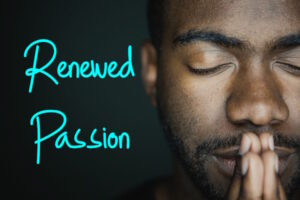A congregation of the United Church of Canada
Today we’re continuing our exploration of what it means to move toward being an Affirming Church. We already know that we are a warm and welcoming place, and that we will strive to remove barriers for anyone who wishes to join us in journeying ever deeper into the Way of Jesus. The Affirming thing isn’t to make us welcoming – we’re already that – it’s to help us become aware of the barriers all sorts of people encounter at churches and to work hard to communicate to people out there that we really are open to them.
Part of the journey is to learn about some of the groups of people that are largely absent from churches because sadly churches have made it difficult for them to attend – or worse, have consciously excluded them by judging them and telling them they were sinful (as if we aren’t!).
We are wheelchair accessible, we have hearing assist, we have large print bulletins, and we’re comfortable with sexual orientation questions – the LGB part of it. But I’m guessing that we’re generally less comfortable with the TQ parts – the transgender/queer parts – and mostly because I imagine that many of us just haven’t had the opportunity to learn much about it.
It’s pretty commonplace now to understand that a person’s sexual orientation isn’t automatically determined by their biological parts – but now we’re learning that people’s gender identity isn’t automatically determined by biology either. For those of us who are in the majority – that our biology, orientation, and identity all align in the dominant way this talk of differing identities can throw us at first.
But it shouldn’t. Identity is a constantly changing thing. Think about what it means to be a man or a woman today – now think about what those roles looked like 100 years ago. Generally speaking, women wore dresses (never pants) and stayed home and kept house and nurtured – and men brought home the bacon, wouldn’t dream of changing a diaper, and were taught to not show emotions. Imagine what someone from 100 years ago would think about our ideas of masculine and feminine. Gender norms have evolved in drastic ways – even in your lifetime!
Every one of us has several identity changes in our lives. The most common one is probably through marriage – especially if you’re a person who took your partner’s name. That’s a huge identity change – with a whole new name. And it’s actually very biblical!
In the reading from Genesis today, after a life-changing encounter with God, the person called Abram was renamed Abraham, and Sarai was renamed Sarah. Who renamed them? Who changed their core identity? God did!
Later in Genesis the person named Jacob wrestles with an angel (or maybe it’s God) and comes away with a sore hip and a limp – and a new name and identity. Jacob is renamed Israel. By who? By God!
In the New Testament we know the story of Simon who becomes the rock on which the church will be built. Simon becomes Peter. Who gave him this new name and identity? Jesus did.
I’m simply saying that our identity is a complex thing, and the idea that your identity might change from the one you started with – the one someone else gave you – is really common. It happens to all of us. So now I’d like to introduce you to my friend who’s going to help us learn some language and gain some understanding into the TQ parts of LGBTQ issues, because they are a person who has lived this identity story in a unique way. Friends, this is my friend Mynt Marcellus.



